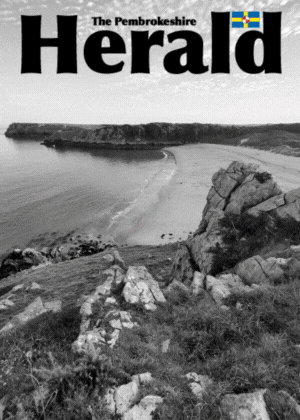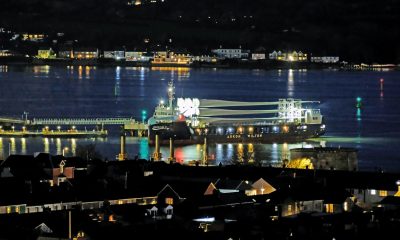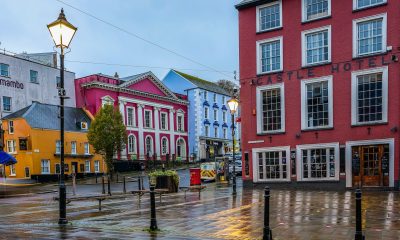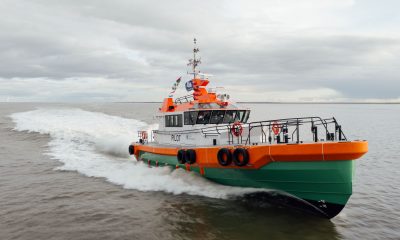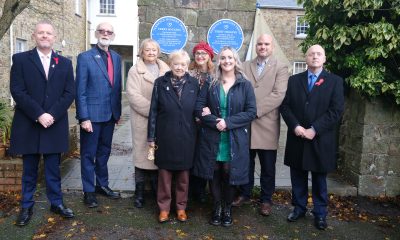Community
VC Gallery learn ‘Realities of War’


The VC Gallery with Pembrokeshire College: At The Military Cemetery
MEMBERS of The VC Gallery attended Pembroke Dock’s Military Cemetery along with students from Pembrokeshire College on Wednesday (May 17), to learn more about the soldiers buried there as part of a project called ‘Realities of War’.
The group were given names on a piece of paper, and then had to find the graves of the people listed. A photography competition was also held, in order to create something beautiful and peaceful.
The Herald spoke to the founder of The VC Gallery, Barry John MBE, who said that the project encompasses photography and art, to be able to get a ‘flavour’ of the loss that pembrokeshire felt during the war.
He said: “We’ve got a huge mix of both veterans of all different ages, as well as young students who are going off to start their careers, and everyone’s got tasks to be able to find and allocate a male or female soldier, or a navy personnel who has died in the firsty or second world war.”
The Herald asked Mr John if he felt it is important that people understand the history of the First and Second World Wars. He said: “It’s so important. Every year we do an art remembrance exhibition and it’s because we want to keep memories alive, and help people understand sacrifice, selflessness, as well as what we have done as a country to provide to war effort.”

The Herald also spoke to Michael Warley from Pembrokeshire College. He said: “We’re working alongside The VC Gallery to help us understand the realities of war, alongside learning about the military history of the area.
“It’s mainly to aid us for our military training. We have exercises in Normandy and Belgium to help us come to terms with the realities fo the job we will eventually be going into, and the realties of conflict itself.
“This project with The VC Gallery is very important and beneficial to the students it supports.”
When asked if he thought people don’t fully understand what happens when people join the army, he said: “To an extent, but with projects like this – visiting memorials and graves – people who may not understand why people join the army or not understand the risks, can come to terms and understand what happens with the job we will do, the sacrifices, the benefits, and the opportunities that open up alongisde the risks.”
Mr John added: “I feel that understanding history before you join gives you a really good balance before you actually take on that job role. The retention of young people going into different job roles within the armed forces, understanding about where they’ve come from, what they’re going to do, and having an understanding about conflict and history and what they’re going to do is really beneficial to them and their families.”

After the students and veterans had a photography competition among themselves, the group were given a tour around the cemetery, and informed of what each person died of. And, interestingly, not everybody there had died whilst in conflict.
Mr John said: “There were so many war casualties that got discharged from the army because of gas attacks, it went into their lungs and they suffered with severe chest injuries. They came home and came back to the local hospitals or went home to their parents or their wives, and they died and were put into unmarked graves or family plots.”
He explained that this represents that they did in fact contributed to the war effort and they suffer terribly, but didn’t die during conflict and instead came back home.
He said: “All of Great Britain has a massive percentage of unregistered war heroes. There were lot of bombs and casualties, and they couldn’t identify people, but in some cases they didn’t know. But, if they did, they would write it in a diary and make a note of it, but unfortunately the people making the notes sometimes died as well, so the information never made it back home.”

The information about the people who had died had come from a relative of Mr John’s, who had received an intriguing family heirloom, that inspired him to start a project that looked into the lives of those who had died.
Mr John said: “A lot of our reference material that we use is derived from a project called the West Wales Memorial Project, set up many years ago by a relative of mine. He got the inspiration because he was given a family heriloom, which was a Bible with a hole in it.
“It was given to keep a soldier safe during the war. This young man went off to Mamets Wood, where 3,000 Welshmen died taking their position, and this young Haverfordwest soldier put the family Bible across his heart.
“But, the snipers were very good at shooting directly into the heart, so as he approached Mamets, he got shot straight through the Bible and straight into his heart. When my relative was given the Bible, he found out a lot about this story, and it sent him on a path to find information about every single soldier or navel personnel that had died within west Wales – he’s covered every single site!”
If you would like to keep up to date with The VC Gallery, you can do so by visiting www.thevcgallery.com
Community
Haverfordwest’s first memory tree brings community together this Christmas

Spud Box is delighted to launch a brand-new festive initiative for the people of Pembrokeshire – Haverfordwest’s first Memory Tree, now open to the public at our premises.
The idea, inspired by Drew from The Big Pembs Panto, invites members of the community to write and hang personal messages on the tree. These can be tributes to loved ones, cherished memories, or simple Christmas wishes.

The project has been created to give people a meaningful way to connect during the festive season. All materials – including paper, plastic pockets and ribbon – are provided free of charge. Visitors are also welcome to enjoy complimentary hot drinks, kindly supplied by Connect: Pembrokeshire, along with mince pies donated by Brakes.
Anyone who prefers to create their message at home can bring it in, and the team will be happy to help attach it to the tree.
Donations are being encouraged in support of Sandy Bear Children’s Bereavement Charity, making the Memory Tree both a reflective and charitable community event.
The tree itself looks spectacular thanks to Sion from DSR Batteries, who supplied the lighting. The project has also received generous support from Marty at Sandy Bear Children’s Bereavement Charity and Pure West Radio. Spud Box welcomes other community groups or organisations who wish to get involved.
Community
Pembrokeshire Lottery makes Superdraw winner’s Christmas extra special

ONE lucky Pembrokeshire Lottery player has scooped a festive windfall after winning the £10,000 Christmas Superdraw held on Wednesday 3 December.
The winner, Mr Damon McGarvie, formerly of Milford Haven and now living in Llangwm, was selected with lucky number 41475. He plays through a salary-deduction scheme run by his employer, Pembrokeshire County Council.
Mr McGarvie’s name was announced live on Radio Pembrokeshire, after which the Pembrokeshire Lottery team made contact and presented him with his cheque later that day.
Speaking after the win, Mr McGarvie said he and his wife will be jetting off on a once-in-a-lifetime holiday over the festive period, thanks to the surprise Christmas windfall.
Pembrokeshire Lottery Manager Abigail Owens said:
“I am so pleased for Mr McGarvie. He has contributed to the Pembrokeshire Lottery for many years, and it is only by the continued support of our players that we are able to assist so many local businesses with interest-free funding from the loan fund.”
The regular weekly £2,000 draws continue in the run-up to the January Superdraw, which will offer a £4,000 prize.
To sign up or order Pembrokeshire Lottery gift subscriptions for Christmas, call 01646 690800.
Photo caption: Damon McGarvie with his winner’s cheque.
Community
Care home fees in Wales remain among the lowest – but families still face crippling bills
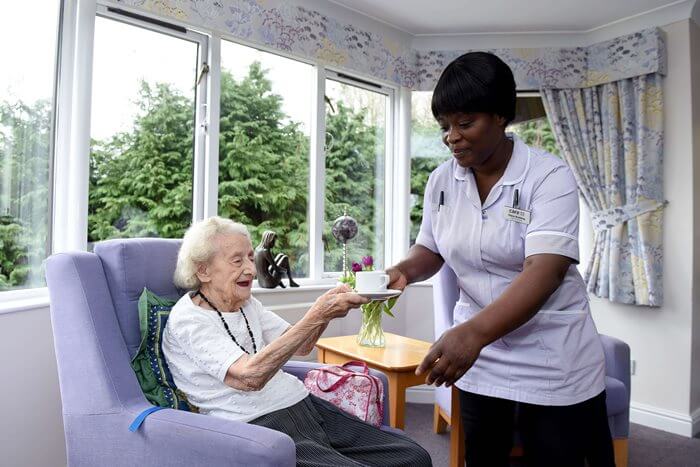
WALES continues to offer some of the most affordable care home places in the UK, with residents paying hundreds of pounds less each week than in London or Scotland, new figures reveal.
The average weekly cost of a residential care home place in Wales stands at £1,156 – £392 cheaper than in London (£1,548) and £142 below the UK average of £1,298, according to data published by the country’s largest care home reviews website, carehome.co.uk.
Even when nursing care or specialist dementia support is required, Wales remains significantly cheaper than most of the UK. A week in a Welsh nursing home with dementia care costs £1,440 on average – £327 less than in London and £124 below the national figure.
The figures, based on self-funder fees collected on 9 September 2025, underline a stark north-south divide that has persisted for years.
London is by far the most expensive region, with basic residential care now averaging £1,548 a week. Scotland, where care workers benefit from a higher minimum wage settlement, comes a close second at £1,539. In contrast, the North East of England remains the cheapest area at just £1,112 a week for residential care – almost £200 below the UK average.
Sue Learner, editor of carehome.co.uk, said the regional variations were only part of the story.
“Wales is the third most affordable region for most types of care, which will come as a relief to many families here,” she said. “But even at £1,156 a week, the bills add up to almost £60,000 a year. For the 49 per cent of residents who pay for their own care, these costs are devastating.”
The financial pressure is compounded by differing rules on state help across the UK. In Wales, anyone with assets below £50,000 qualifies for local authority support – more than double England’s £23,250 threshold and well above Scotland’s £35,000 limit.
Ms Learner warned that rising staff wages and looming increases in employer National Insurance contributions would push fees higher everywhere.
“Local councils are already stretched to breaking point,” she said. “Without genuine reform of the social care system – something governments have been promising for decades – more and more families will have no choice but to sell the family home to fund care.”
The website, which carries 390,000 independently verified reviews, is urging people to plan early and seek expert advice. Its free Care Helpline (01488 501 499) is available to anyone looking for a home that offers both quality and value for money.
As the population ages and demand grows, campaigners say the latest figures are another reminder that the postcode lottery in care costs shows no sign of disappearing.
UK care home fees at a glance (average weekly self-funder rates)
- London: £1,548
- Scotland: £1,539
- South East England: £1,446
- Wales: £1,156
- North East England: £1,112 (cheapest)
- UK average: £1,298
Source: carehome.co.uk, 9 September 2025
-

 Crime3 days ago
Crime3 days agoDefendant denies using Sudocrem-covered finger to assault two-month-old baby
-
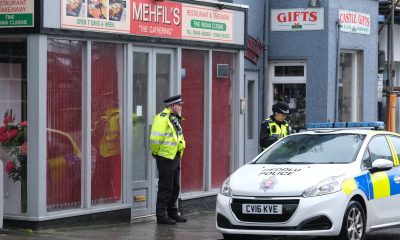
 Crime2 days ago
Crime2 days agoPembroke rape investigation dropped – one suspect now facing deportation
-

 News2 days ago
News2 days agoBaby C trial: Mother breaks down in tears in the witness box
-

 Crime7 days ago
Crime7 days agoMan denies causing baby’s injuries as police interviews read to jury
-
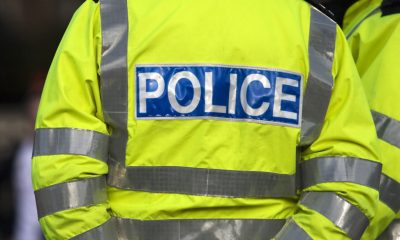
 Crime3 days ago
Crime3 days agoLifeboat crew member forced to stand down after being assaulted at Milford pub
-

 Crime3 days ago
Crime3 days agoDefendant denies causing injuries to two-month-old baby
-
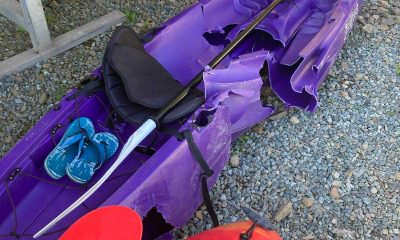
 Crime3 days ago
Crime3 days agoPembrokeshire haven master admits endangering life after speedboat collision
-
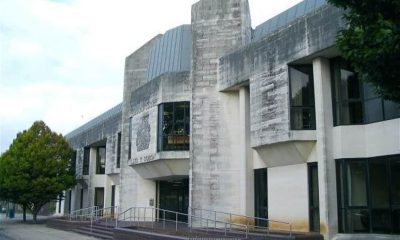
 Crime1 day ago
Crime1 day agoMother admits “terrible idea” to let new partner change her baby’s nappies alone








